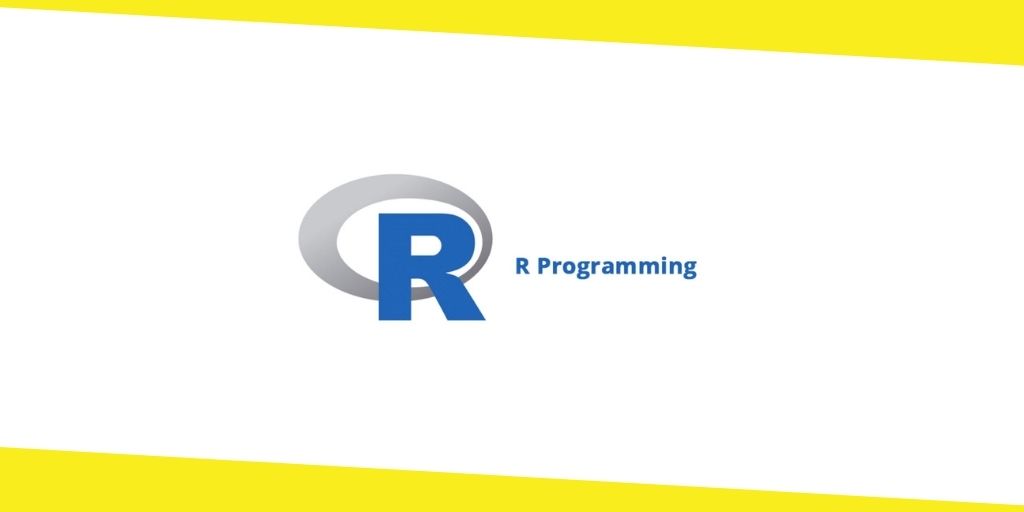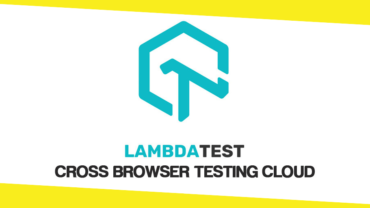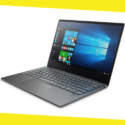A Guide to R Programming Software
When you’re running a company, you need a general language and structure to how you organize your information. For many businesses in the digital age, this is the software you rely on for your daily operations. There are so many different platforms and necessary programs for your specific company. Retailers need marketing managers, health care providers need a patient dashboard, and data scientists need cohesive software to track trends and statistics. Today, we’re going to talk about the last of those examples.
For years, R software has been a leader in the data analytics game. Statisticians developed these programs for professionals who wanted a broader view of their own data science and the right programming language to get it. Statistical computing is such a huge element to many different businesses. You have open-source data that comes in from various areas, and it’s up to you to take that data and gain important insights. If you’re looking for professional advice and insights to grow your company and improve your business operations, here is a basic guide to R software and the ways you can implement it for your company.
Contents
ToggleWhat is R software?
First, it’s important to understand exactly what R software is. R programming software is a data analytics tool that uses open-source language to visualize statistical values and graphs. Using this technology in statistical analysis and data mining can help you plot the future of your company and harness your information in stronger ways. Not only can an R code help you identify issues and patterns, but you’ll be able to actually work toward developing new software and programs. This overall language used to be reserved for statisticians and data scientists specifically, but new programmers have made installing the interface available for beginners as well. Get better analytics and understand the extensions of your business with the proper tools.
How can you involve R software in your operations?
Your R software can get involved in a number of different processes and techniques within your organization. The R program already relies on clustering, data mining, statistical tests, and linear or non-linear modeling. You’ll also have time-series analysis to get more specific data points right at the time they arrive. This helps you get real-time insights into your daily operations.
R software is a huge part of your overall data analytics software. This means it can be implemented into so many different operations. Use better software in your predictive analytics and forecasting to see where the data points the direction of your business. Get analytics from your web and social media presences so you can understand the customers you’re bringing in and how to strengthen those relationships. The main area that includes R language is your overall data mining. Comb through different data points to get more conclusive details to make the best business decisions. When you can visualize your whole organization with these graphical techniques, you’ll have a stronger idea of the ways you can benefit your organization.
What are the benefits of this technology?
Engaging with better software practices is one of the best ways you can improve your overall business. The biggest benefit to R software is the deeper insights you can get with less manual interference. Set up software and specific algorithms with machine learning to break down your data rather than doing it all yourself. This will also give you a more holistic view of the entire organization. Take advantage of data insights and make better business decisions with these deep learning principles and the graphical interface that can turn your learners into doers. Empower your team with R software programs within your development environment.
Recommended For You
A Cross Browser Testing Cloud Solution – LambdaTest Review
Most Inside
Most Inside offers high-quality recommendations and valuable updates to enhance all aspects of your life, providing premium guidance and enriching experiences.





